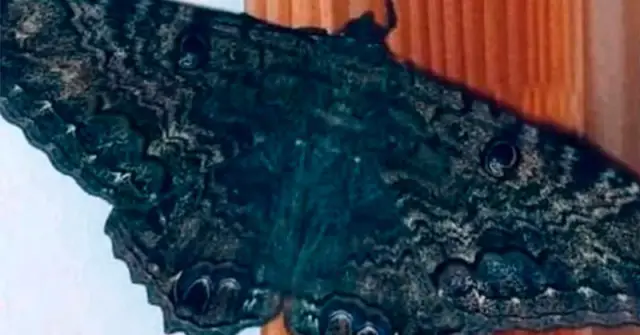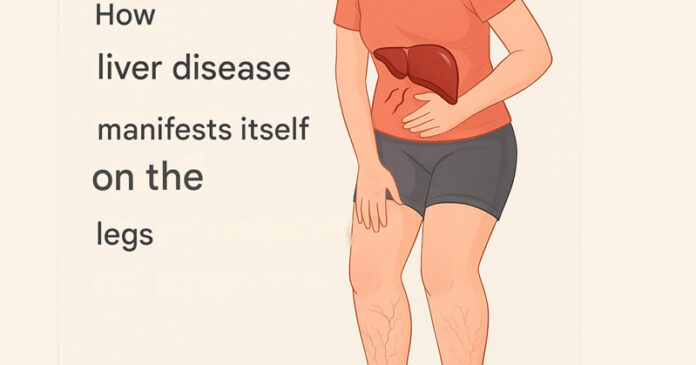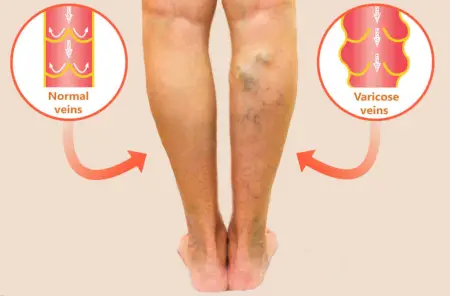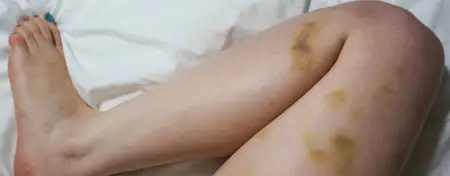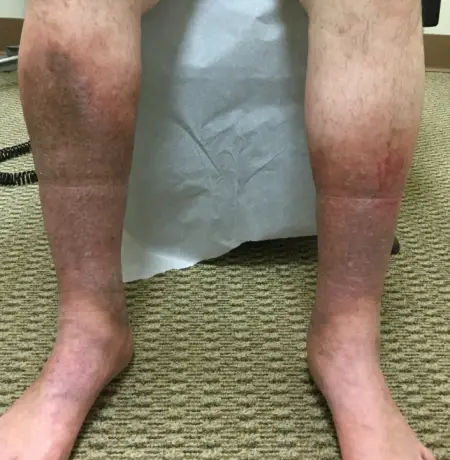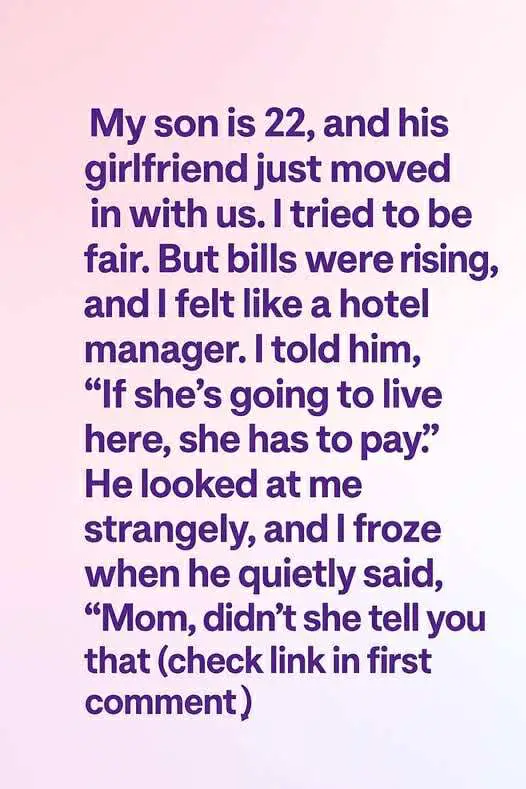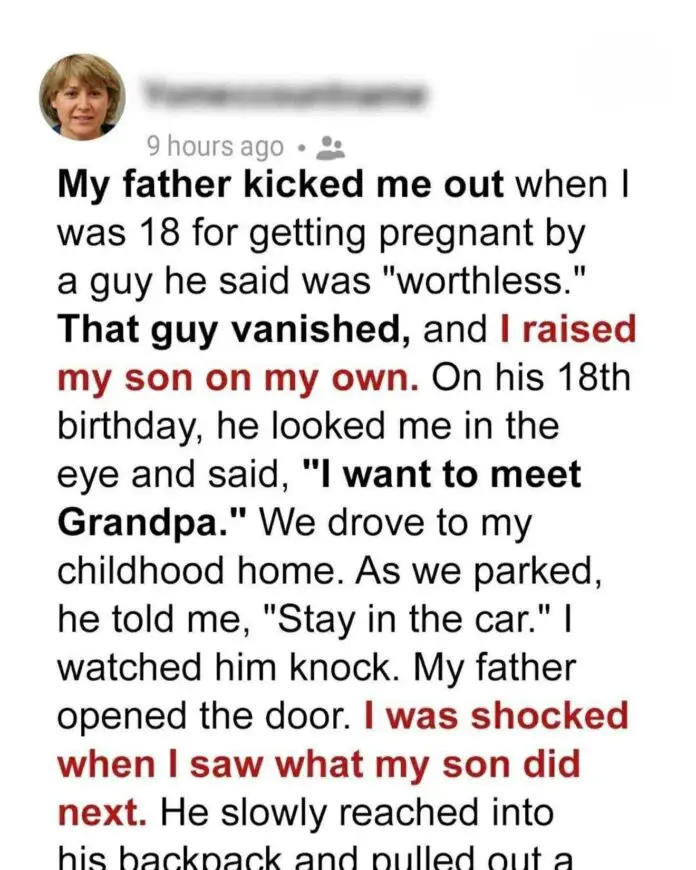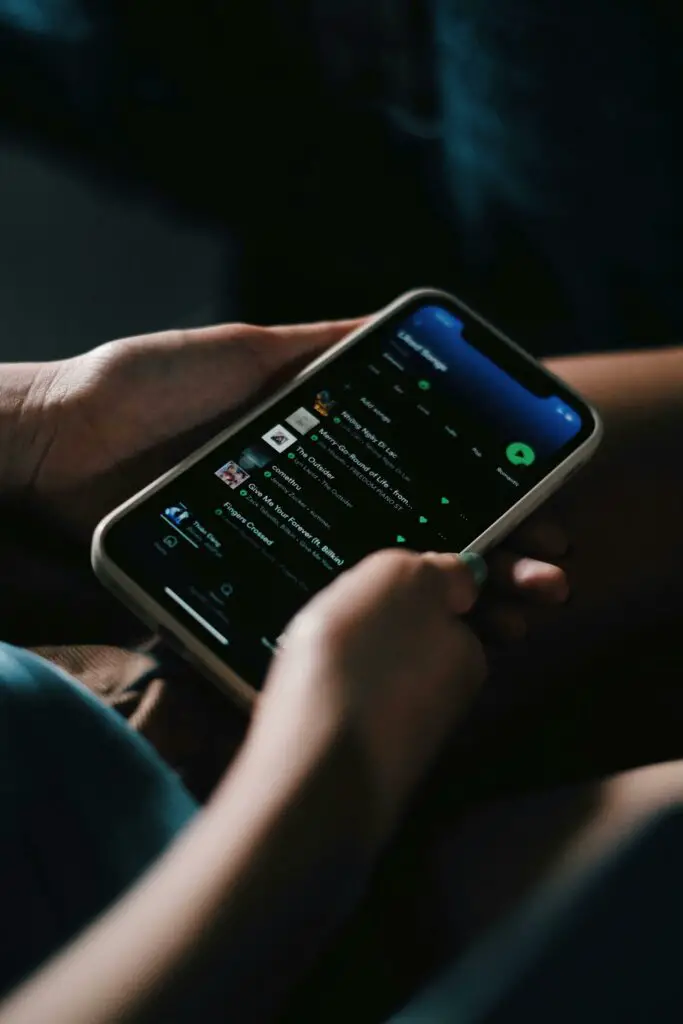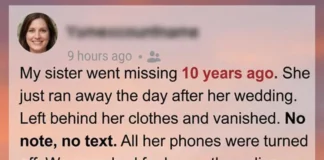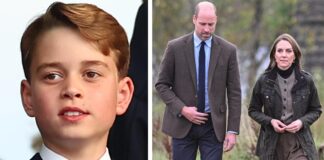For centuries, cultures around the world have considered black butterflies as powerful spiritual symbols. Some believe these magnificent insects are messengers tied to transformation, inner rebirth, intuition, and even warnings or omens.
Because of their striking black color, these butterflies attract our attention. For some, an encounter with one is a symbol of good luck or a spiritual guidance, and for others, they are a sign to be cautious.

Across Mexico and Central America, a black butterfly is often seen as a sign of a recent or impending death and a reminder to pause and reflect. In China and the Philippines, having one fly into your home is considered a warning of possible loss in the family. Japanese people believe black butterflies guide spirits safely to the afterlife, offering reassurance during grief.
In Celtic folklore, a black butterfly is a sign of good fortune and welcome change, while Christians often see them as symbols of resurrection and spiritual transformation. Butterflies aren’t named in the Bible or Quran, but many believers consider them reminders of rebirth.
In Buddhism and Hinduism, the butterfly’s transformation—from cocoon to wings—is seen as a reflection of the soul’s path toward enlightenment.
Why Black Butterflies Visit Your Home

Black butterflies behave much like other nocturnal insects and are drawn to light, shelter, and changes in temperature.
Certain species, such as Ascalapha odorata (often called the “death butterfly”), are especially attracted to artificial lights, which explains why they sometimes end up inside homes. These insects may also enter seeking warmth or a dry place to rest during rainy weather or sudden drops in temperature.
If a black butterfly flies into your home, don’t panic. However, if you don’t want it in your home them simply guide it out by opening windows or doors and allowing it to leave on its own.

Black butterflies, just like any other butterfly, are harmless and usually just seek temporary refuge, so don’t harm it.
If their presence becomes frequent, especially around your home, it may be useful to reduce or cover bright outdoor lights at night, because they attract nocturnal species.
Please SHARE this article with your family and friends on Facebook.
Bored Daddy
Love and Peace

